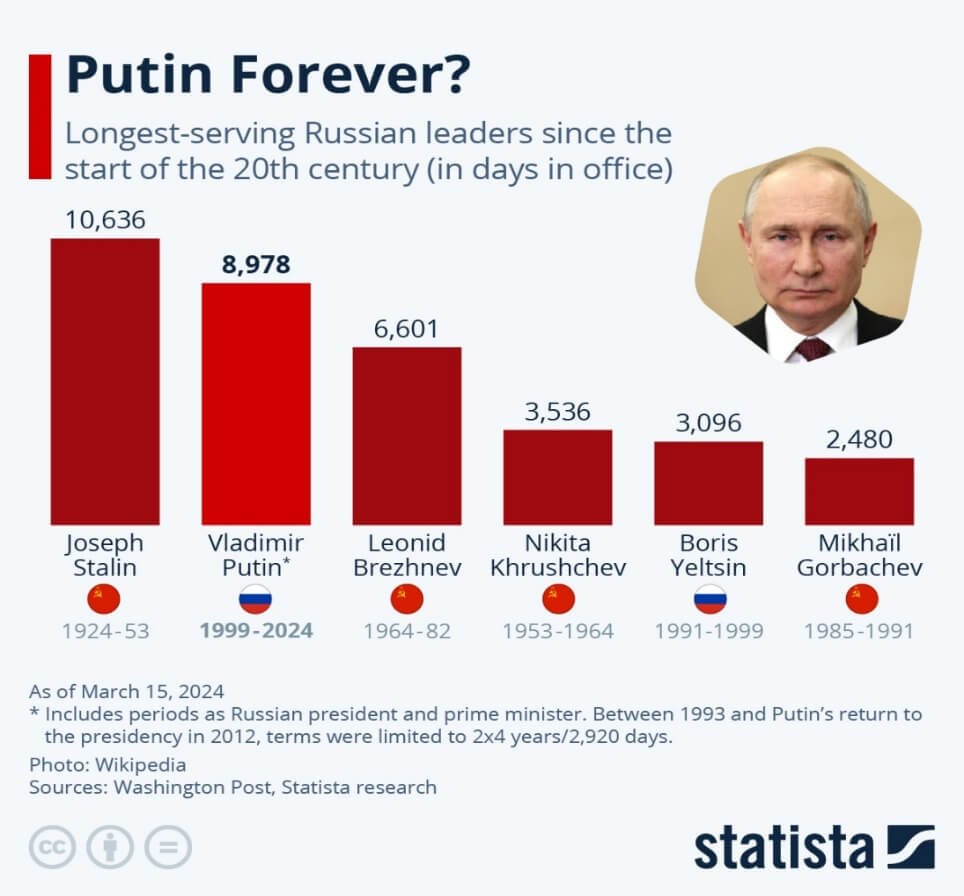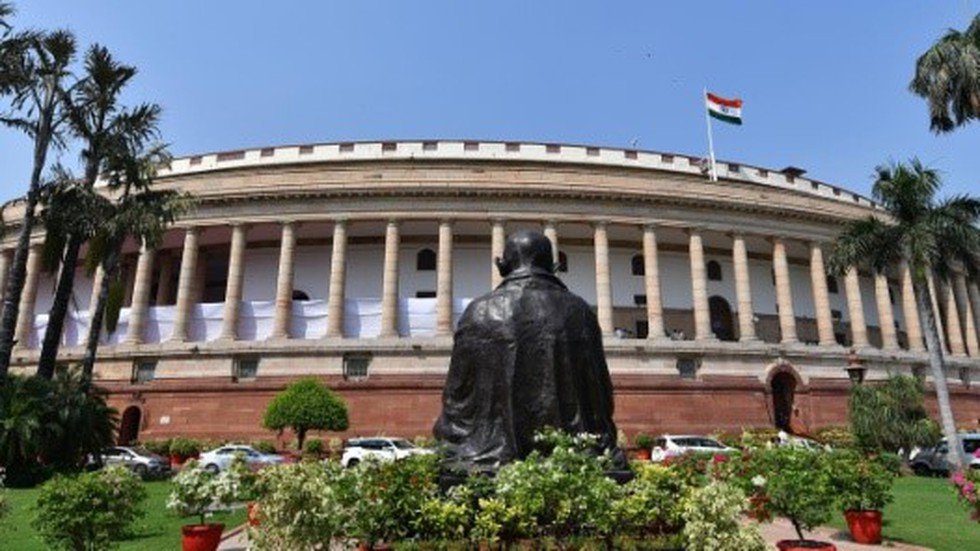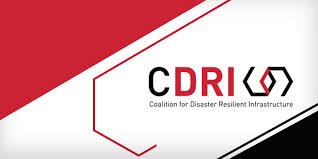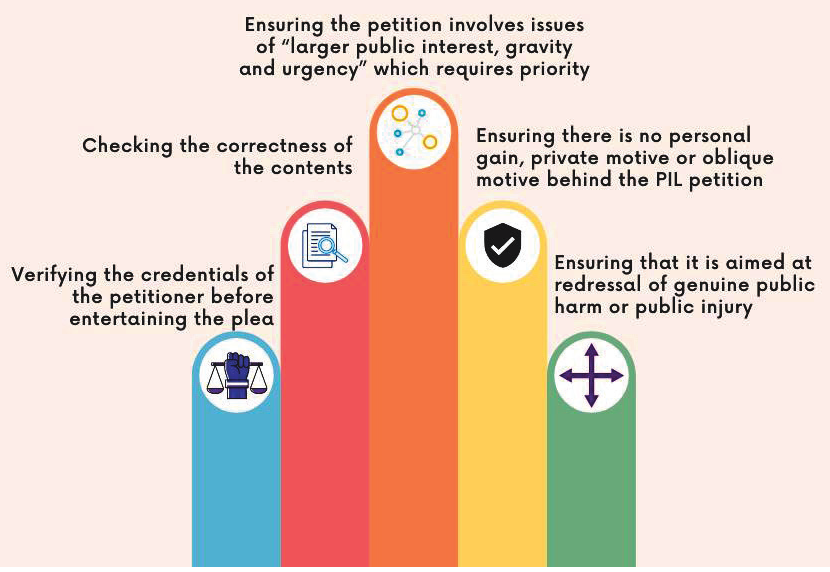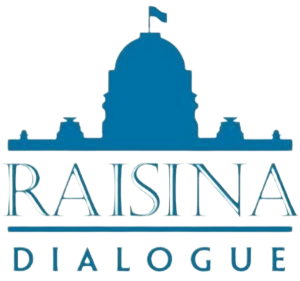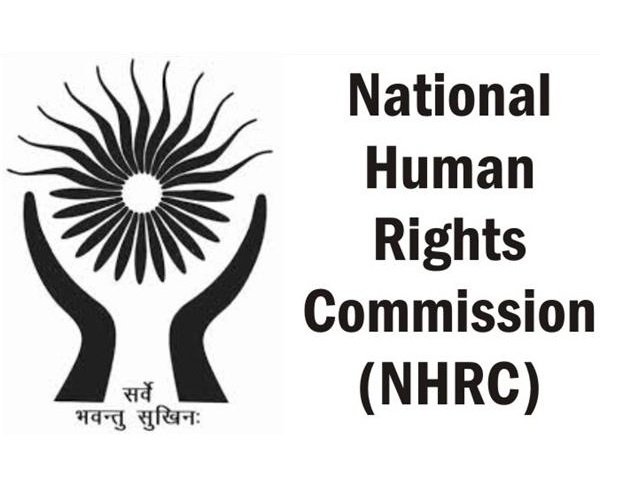
One Nation One Election (ONOE)
Subscribers of "Current Affairs" course can Download Daily Current Affairs in PDF/DOC
Subscribe to Never Miss an Important Update! Assured Discounts on New Products!
Must Join PMF IAS Telegram Channel & PMF IAS History Telegram Channel
- Context (PIB I TH I IE): Industry body Confederation of Indian Industry (CII) said ‘ONOE’ would enhance governance efficiency and economic development.
- CII presented its views on the ONOE to the High-Level Committee.
CII’s Views on ONOE
- Asynchronous multiple elections lead to frequent disruption in policy making and administration, leading to uncertainty about the government’s policies.
- It also affects the working of the Government due to its officials being roped in for election duties.
- Investment decisions by the private sector tend to slowdown prior to the elections.
- It leads to delays in project implementation as the Model Code of Conduct (MCC) gets imposed.
- ONOE will lead to a reduction of expenses incurred by the governments in administering elections.
- CII believes there are two options for doing this
- A single five-year cycle and
- A two-stage simultaneous election with a gap of at least 2.5 years between the Lok Sabha (LS) elections and the Legislative Assemblies (LAs) in the interim period.
Central Idea behind ONOE
- ONOE refers to structuring the Indian election cycle by synchronising the elections to LS and LAs.
- This excludes elections of panchayats, state municipalities and by-elections.
- This means that the voters will cast their vote for electing members of the LS and the LAs on a single day, at the same time (or in a phased manner, as the case may be).
Present Status of Elections in India
- The electoral machinery holds separate polls for the LS and LAs over a gap of five years.
- When the tenure of the LS or the LAs concludes, or either of them is dissolved prematurely.
|
Historical Background
- ONOE were conducted for the LS and the LAs in 1952, 1957, 1962, and 1967.
- The cycle was first broken in 1959 after the GOI invoked Article 356 of the IC to dismiss the then-Kerala government.
- The premature dissolution of some LAs in 1968 and 1969 again disrupted the cycle of simultaneous election cycle.
- Again, in 1970, the LS was dissolved prematurely, and fresh elections were held in 1971.
- As of now, the LS elections coincide with the LAs elections in four States, namely Andhra Pradesh, Odisha, Arunachal Pradesh, and Sikkim.
Need for ONOE
Frequent Elections
- Every year, on average, 5 to 7 State assembly elections are held.
- This affects all the key stakeholders, such as the GOI, State Government, Government employees, teachers on election duty, voters, political parties, and candidates.
Policy Paralysis
- The MCC comes into play just after the elections are announced by the Election Commission (EC).
- 79th report of the parliamentary standing committee: Imposition of MCC leads to the suspension of normal government activities and programs of governments.
- No new policy decisions are made due to the MCC, and critical policy decisions get delayed.
- Implementation of even ongoing projects gets derailed during election periods.
- It also shifts the focus of governance from long-term to short-term policy goals.
Massive expenditures
- Frequent elections lead to massive expenditures for Central and state governments. Hence, it causes a waste of public money and hampers development work.
- According to a report, during the 2019 LS Elections, Rs 60,000 Crores were spent by the authorities, candidates and political parties.
|
Social Harmony
- Constant politics and frequent elections keep caste, communal and regional issues at the forefront.
Arguments in favour of ONOE
Reduction of Financial burden on the state exchequer
- A ‘ONOE’ will reduce ECI’s overall expenditure on the political process.
- ECI has estimated the cost of simultaneous elections to be around Rs.4500 cr.
- The same electoral rolls can be used for all the elections. This will save a tremendous amount of time and money spent on updating electoral rolls.
- According to the NITI Aayog report, the cost of conducting all State and parliamentary elections-
- In a five-year cycle, it is equivalent to Rupee 110 per voter per year.
- When elections are synchronised, it is equivalent to Rupee 115 per voter per year.
|
Better utilisation of financial resources by political parties
- Election expenses of political parties can be reduced drastically if elections are held simultaneously.
- There would be no duplication of fundraising by political parties for LS and LAs elections.
- This will also help smaller regional parties better manage financial resources.
- The monitoring of election expenditure by the ECI will also become more effective.
Continuity in Policy Decisions & Focus on governance
- It will reduce ‘policy paralysis’ that results from the imposition of the MCC during election time.
- ONOE will ensure the continuity of government policies and programmes.
- It will reduce disruption of everyday public life as political rallies will be kept to a minimum.
- It will improve the delivery of essential services to the public.
Increase of administrative efficiency
- Political executives and government officials will not regularly get engaged with election duties and prioritise routine administration.
Reduced Deployment of Security Forces
- A large number of security forces are engaged to ensure that elections are conducted peacefully, and this involves massive redeployment and huge costs.
- Simultaneous elections will curtail the diversion of security forces from their critical functions.
Increase in voter turnout
- Law Commission: Simultaneous elections will increase voter turnout because it will be easier for people to cast many votes all at once.
Reduced Freebies and Improved State Finances
- ONOE would reduce the populist measures, and the frequency with which governments have to announce freebies will also decrease.
- Frequent elections lead to a situation where many state governments are broke. With less number of elections, their finances could be in better shape.
Curbing Horse-Trading
- Fixed-interval elections have the potential to reduce horse-trading by elected representatives.
- ONOE will make it more challenging for representatives to switch parties for personal gains, complementing existing anti-defection laws.
Arguments against ONOE
Reduced Accountability
- Regular elections compel the government to listen to the people’s will regularly and serve as a feedback mechanism for political parties.
- If the government is assured of a fixed term, it might lead to autocratic tendencies.
- Elections for different levels allow voters to hold their representatives accountable for their specific grievances.
Against the Idea of Federalism
- It will:
- Centralise the power.
- Strengthen the hold of national parties when in office.
- Reduce the importance of regional parties.
|
- An elected CM of a State has the power to recommend the dissolution of their LA and call for early elections.
- Under a ‘ONOE’ framework, state governments will not have the right to do this.
- Elections in some states will have to be postponed to synchronise the elections.
- This can be done through the president’s rule, which isn’t good for democracy and federalism.
Against the Spirit of Democracy
- ONOE tries to force an artificial cycle of elections, restricts the choices of voters, and violates their right to vote.
- Democracy is more about accountability and people’s choices and less about the cycle of elections and other issues.
Influences choices and electoral behaviour
- Voters may vote for the same party at the national and state levels, putting regional parties at a disadvantage.
- According to a research report by IDFC Institute,
- If elections are held simultaneously, there’s a 77 per cent likelihood of voters favouring the same political party for both LAs and the LS.
- This figure drops to 61 per cent if elections are held six months apart.
|
Increase in cost
- In the short term, ONOE will increase the costs of deploying more numbers of EVMs and VVPATs.
- Political parties and candidates may spend a lot more money on elections than the government.
|
Dissolution challenges
- Lok Sabha can be prematurely dissolved on account of a vote of no-confidence.
- Example- Atal Bihari Vajpayee’s government faced dissolution within 13 days of taking power.
- Whether new elections would be required in all states, even if the ruling party holds an absolute majority in those states, is a big question.
‘National constituency phenomenon’
- National parties will be favoured due to their comparative advantage in terms of their claim to serve better ‘national interest’ rather than regional parties focusing on ‘narrow, parochial’ issues.
Challenges in the implementation of ONOE
Constitutional and legal challenges
- Simultaneous elections would require amendments in five articles of the IC-
- Article 83 (relating to the duration of Houses of Parliament),
- Article 85 (relating to dissolution of the Lok Sabha by the President),
- Article 172 (relating to the duration of the state legislatures),
- Article 174 (relating to the dissolution of the state legislatures) and
- Article 356 (relating to the imposition of the President’s Rule in states).
- This requires constitutional amendments with ratification from 50% of states.
Syncing the terms of various LAs with LS
- The terms of different LAs end on separate dates and years.
- Curtailment and extension of LAs duration are significant challenges to holding simultaneous elections.
Judicial Review Challenge
- The premature dissolution of LA to ensure simultaneous election would attract judicial review.
- The Use of the President’s rule to dissolve the LAs has been held by the SC to be a part of the judicial review in the S.R. Bommai (1994) and the Rameswar Prasad (2006).
Local Body Election Challenge
- All the LAs have passed separate acts for local bodies, fixing the tenure of these bodies as five years, as per Article 243(E) and 243 (U), respectively.
|
Logistical challenge
- There are significant logistical challenges in the implementation of simultaneous election:
- Arranging around 30 lakh EVMs and Voter-verified paper audit trail (VVPAT) machines and
- Deploying central forces around the country.
Recommendations of various Committees
- The ECI, 1983: A system should be evolved so that elections to LS and LAs could be held simultaneously.
- The Law Commission -170th Report, 1999: We must go back to the past when the elections to LS and all the LAs were held simultaneously.
- The Parliamentary Standing Committee 79th report, 2015, and NITI Aayog paper, 2017, also favoured the idea of ONOE.
Law Commission Draft Report on Simultaneous Elections, 2018
Conduct of Simultaneous Elections
- Simultaneous elections cannot be held within the existing framework of the IC.
- ONOE may be conducted through appropriate amendments to
- The Constitution,
- The Representation of the People Act 1951, and
- The Rules of Procedure of LS and LAs.
- At least 50% of the states should ratify the constitutional amendments.
No-confidence Motion
- Replacing the ‘no-confidence motion’ with a ‘constructive vote of no-confidence’.
- Limiting the number of such motions during the term of the House/ Assembly.
|
Hung House/ Assembly
- To prevent the situation of Hung House, the President/ Governor should give the most significant party an opportunity, along with their pre- or post-poll alliance, to form the government.
- If the government can still not be formed, an all-party meeting may be called to resolve the stalemate. If this fails, mid-term elections may be held.
- Appropriate amendments be made to provide that any new LS/LA formed after mid-term elections will be constituted only for the remainder of the previous term and not the entire five years.
Amendment to anti-defection laws
- Appropriate amendments be made to anti-defection laws to ensure that the presiding officer decides all disqualification issues within six months.
Framework for synchronisation of elections
- The Commission recommended three alternatives to conduct simultaneous elections in 2024-
Option 1
- Advancing or postponing election timings in certain states such that elections to all LAs and LS may be held together.
- It recommended the following changes to the election timings of other LAs:
- Assembly elections due before LS elections, 2019: The term of these assemblies may be extended to synchronise it with LS elections by amending the IC.
- Assembly elections due immediately after LS elections: With political consensus, elections can be held with LS elections if the states voluntarily dissolve their LAs, earlier or by law.
- Assembly elections in remaining states: For the remaining states and UTs, elections may be conducted towards the end of 2021. The term of these LAs will be 30 months or till June 2024, whichever is earlier.
- This will require a constitutional amendment since the terms of different assemblies will either need to be curtailed or extended.
Option 2
- If LAs elections are held in 2019 and 2021, then elections will be conducted twice in five years.
Option 3
- If simultaneous elections cannot be conducted, then all elections falling in a calendar year should be conducted together.
- The timing of such an election should be conducive to all LAs involved and the LS (if dissolved earlier).
- This will also require amendments to the IC and the RPA, 1951.
High-level committee to examine ONOE
- GOI has formed an eight-member committee to examine the possibility of an ONOE.
- Former President Ram Nath Kovind has been appointed as Chairman of the committee.
- The linguistic bias in consultations is a concern as the committee’s website is available only in English and Hindi.
Mandate of the Committee
- Examine the logistics and workforce required, including EVMs and VVPATs.
- Suggest a framework for the synchronisation of elections and the phases and time frame within which simultaneous elections may be held.
- To examine and recommend if the amendments to the IC would require ratification by the States.
Simultaneous Elections- International Practices
- South Africa: Elections to national as well as provincial legislatures are held simultaneously for five years, and municipal elections are held two years later.
- Sweden: Elections to the national legislature, provincial legislature and local bodies are held on a fixed date, i.e., the second Sunday in September every fourth year.
- Britain: the Fixed-term Parliaments Act of 2011 was passed to provide a sense of stability and predictability to the British Parliament and its tenure.
- It provided that the first elections would be held on the 7th of May, 2015 and on the first Thursday of May every fifth year after that.
- But in its very second cycle, the House of Commons overrode this law and elections were held in 2017.
- The Fixed Term Parliaments Act was repealed in 2022, and the Dissolution and Calling of Parliament Act 2022 revived the power of the PM to request the monarch to dissolve Parliament.
- Canada: There is no restriction on the dissolution of legislatures prior to the fixed date; all the provinces have their calendar, and the federal parliament has its own.
- Germany: To overcome its pre-WW II history of parliamentary instability, Germany’s fundamental law does not allow votes of no-confidence without naming a successor.
- However, voting for state legislatures is as per the laws of the concerned state, and they follow their election cycle.





![PMF IAS Environment for UPSC 2022-23 [paperback] PMF IAS [Nov 30, 2021]…](https://pmfias.b-cdn.net/wp-content/uploads/2024/04/pmfiasenvironmentforupsc2022-23paperbackpmfiasnov302021.jpg)

